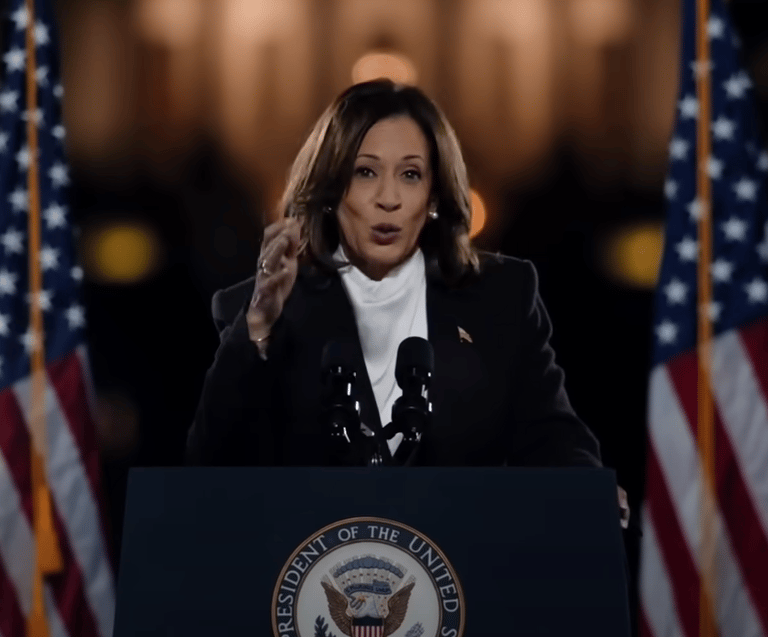Kamala Harris vs. Donald Trump: Who Holds the Lead in 2024 Election Polls?
Speculation and analysis surrounding potential head-to-head matchups between Vice President Kamala Harris and former President Donald Trump have intensified. Public opinion polls serve as one of the most accessible tools for gauging candidate standing and provide insight into voter trends and preferences. However, interpreting these polls requires careful analysis, considering factors such as demographic shifts, recent political events, and issues prioritized by the electorate.
10/31/20243 min read


As the 2024 U.S. presidential election approaches, speculation and analysis surrounding potential head-to-head matchups between Vice President Kamala Harris and former President Donald Trump have intensified. Public opinion polls serve as one of the most accessible tools for gauging candidate standing and provide insight into voter trends and preferences. However, interpreting these polls requires careful analysis, considering factors such as demographic shifts, recent political events, and issues prioritized by the electorate. As of the latest available polling data, both candidates face unique challenges and strengths that shape the political landscape.
Kamala Harris, currently serving as Vice President, represents continuity within the Biden administration. Her campaign, should she secure the Democratic nomination, would likely emphasize progressive immigration reforms, climate change action, health care expansion, and the protection of voting rights. Harris has broad appeal among the Democratic base, especially with African-American, female, and younger voters, who see her as a historic and progressive figure in U.S. politics. However, her polling numbers have been influenced by criticisms of the administration’s handling of issues like inflation and border security. Some voters are also skeptical of her ability to win over moderate or undecided voters, a crucial demographic in any general election. To bridge this gap, Harris's campaign has focused on showcasing her experience in the Senate and as Vice President, hoping to convince more moderate and independent voters that she is a stable and experienced leader.
Former President Donald Trump remains a dominant force in the Republican Party and a polarizing figure in American politics. His campaign platform focuses on a return to "America First" policies, advocating for stricter immigration controls, economic nationalism, and a reduction in regulations that he argues will spur economic growth. Despite his controversial style and significant legal challenges, Trump’s base remains fiercely loyal, and he consistently polls strongly among white, rural, and older voters. Trump also benefits from name recognition and his reputation as an outsider, factors that helped him secure victory in 2016 and retain a strong foothold in the Republican Party. However, his approval ratings with independents and younger voters are generally weaker, and the controversy surrounding his previous administration poses potential obstacles to broadening his appeal.
Recent polling shows a close contest between Harris and Trump, with variations depending on the pollster and sampling methods. Some polls have shown Trump with a slight edge nationally, while others give Harris a small lead, especially in states with diverse populations where the Democratic base is stronger. Key battleground states, including Pennsylvania, Michigan, and Wisconsin, will likely be decisive, as they have shifted between parties in recent elections. Each candidate's standing in these swing states may ultimately determine the election outcome, as these states collectively hold significant electoral votes.
The public opinion landscape is also heavily influenced by current events. For instance, economic factors like inflation and employment rates, as well as social issues such as abortion rights and healthcare, play a substantial role in shaping voter opinions. Harris might appeal to voters seeking progressive change on social issues, while Trump appeals to those emphasizing traditional values and economic security. Additionally, external factors such as international crises or unforeseen national events could shift public sentiment in unexpected ways.
In conclusion, polling indicates a competitive race between Harris and Trump, with each candidate holding advantages and disadvantages within specific voter demographics. Harris's appeal among the Democratic base and urban voters contrasts with Trump’s hold on rural and traditionally conservative areas. Although polls provide a snapshot of current voter sentiment, they are ultimately a reflection of dynamic opinions and may shift as campaigns intensify, key issues evolve, and candidates engage with the electorate through debates and policy proposals.



